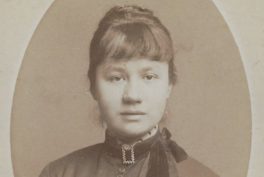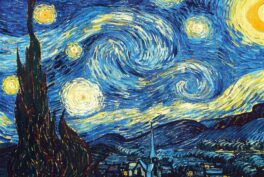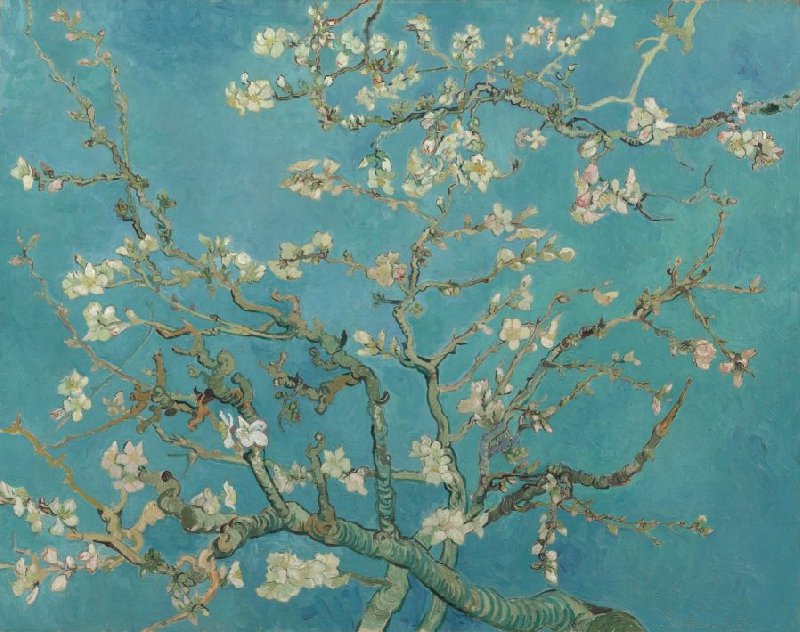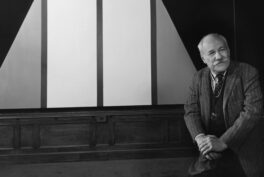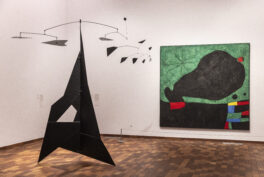The Women Behind the Men
Often hidden in the footnotes of great art stories, the women who support, guide, and promote male artists are common enough in art history. We just don’t really talk about them. Think of Lee Krasner, who spent a considerable portion of her career promoting and supporting Jackson Pollock. Or the Welsh Davies Sisters, who collected and championed the French Impressionists.
The Life of Jo van Gogh-Bonger
Novelist Joan Fernandez takes us right inside the world of the woman who made Vincent van Gogh famous. If you have never heard the fascinating story of Jo van Gogh-Bonger, a good way to start is with our article by Ledys Chemin. Johanna Gezina Bonger married art dealer Theo van Gogh in 1889. Theo was brother to struggling artist Vincent. Jo met her brother-in-law only three times before he ended his life by suicide. Devoted brother Theo never got over this tragedy and died six months later.
Jo was widowed at just 28 years old, mother to a baby, and owner of literally hundreds of unwanted and unsellable Vincent van Gogh paintings and drawings. She also inherited a monumental cache of letters, sent from Vincent to Theo, which would turn out to be Jo’s route into saving Vincent’s legacy.
Brave Young Widow
And it is at this point in Jo’s life, just as she has become a tragically young widow, that Joan Fernandez draws us into her astonishing true story. Fernandez gifts us an unusual heroine, a woman who fought tirelessly to bring the works of Vincent van Gogh to the world. And this tale is a rollercoaster!
At this time in 1890s Europe, a woman would be frowned upon for going it alone and trying to become an art dealer. Jo was pressured to return to her father’s home. But in defiance of social norms, she opened a guest house, raised her baby alone, and began her obsession with Vincent.
A Story of Determination
The story of this quiet, determined woman setting up her own home and business is deftly told. We see the triumph of managing alone, but we also see the exhaustion of housework, childcare, guest care, and staff management, as well as dealing with the curiosity of her community. And yet, it is at this point, in the middle of juggling all the stresses that life can throw at her, that Jo decides she must continue the work of her beloved husband Theo. She must somehow share with the world the work of Vincent van Gogh.
Against All Odds
Facing misogyny, mean disinterest, and spiteful resentment, we quail for our meek heroine, as she enters Parisian society. Joan Fernandez pulls us into the flourishing art scene of the Belle Époque, a whirlwind of social change, where money and politics move at dizzying speed, and art is undergoing radical change. Art dealers and galleries banish Jo firmly from their world. How can she surmount such obstacles? The author unfolds the narrative at a great pace, with historical accuracy, and we are gripped!
Immersive Writing
There are moments in the book where a character feels as though they are being used as a mouthpiece to give us an overview of a political or social issue. But to be fair, there is a lot we need to know about that time period, both culturally and socially. But that aside, each character is drawn with precision and care, mixing historical evidence with literary imagination. And the reader feels truly immersed in the plot. I would look up from a particularly eventful chapter, momentarily puzzled as to why I was gazing out at a drizzly Welsh hillside rather than a cobbled street alongside the Seine!
Treachery
The research and attention to detail of this novel shine through each chapter. Each individual is drawn from historical accounts and fully filled out. However, there is one figure that Joan Fernandez admits is a composite fiction. A ball of fury and spite, meant to epitomize the opposition Jo encountered from the art world.
This man, Georges Raulf, sometimes descends into caricature. Yes, Jo did face the most awful misogyny and dogma from the white, male art establishment. And we rail with her at their lack of imagination and humanity. But Raulf descends into a murderous madness that feels too much like a Victorian melodrama. These vile gatekeepers rarely fall into the hell of poverty and insanity; they fall back onto the silken cushions of privilege. It does make for a very exciting plot though!
Domestic Reality
One of the real joys of this novel is the rich domestic detail. Jo’s daily life, raising her beloved son and working alongside her boarding house employees and guests. This kind of social historical narrative is so often left out of art stories, but Joan Fernandez expertly weaves a rich tapestry of female relationships and interactions that feel honest and real. Jo yearns for female friendship, and her awkward relationship with an old school friend who lives locally is both poignant and candid.
Women who go against societal norms don’t always find a community where they can be seen and heard with generosity. Jo’s awestruck wonder at the new young “feminists” is joyful. Jo’s path to finding a new love who must try to understand her obsession with Vincent’s work is well told. And reading about where Jo dotted Vincent’s artworks, now worth millions, around her bedroom and sitting room, is such a thrill!
It Was Always Only About Love
This novel stayed with me long after I turned the last page. I feel I have a richer understanding of the life of the Van Gogh family. But I also felt such pleasure in finding out how and why we got to see Vincent’s work. Jo van Gogh-Bonger is a monumental icon, and her name should be on all our lips as a patron of almost incomparable status.
Joan Fernandez describes her book as a “historical fiction parable.” This is a brilliant story, based on documented fact, but transformed through a feminist lens. We sorely need more of these stories, celebrating the women who were there in the shadows all along, and who devoted their lives to sharing with us some of the finest and most awe-inspiring art in the world–not for money or status, but because they knew such beauty belongs to us all.
Saving Vincent by Joan Fernandez is published by She Writes Press, 2025.


